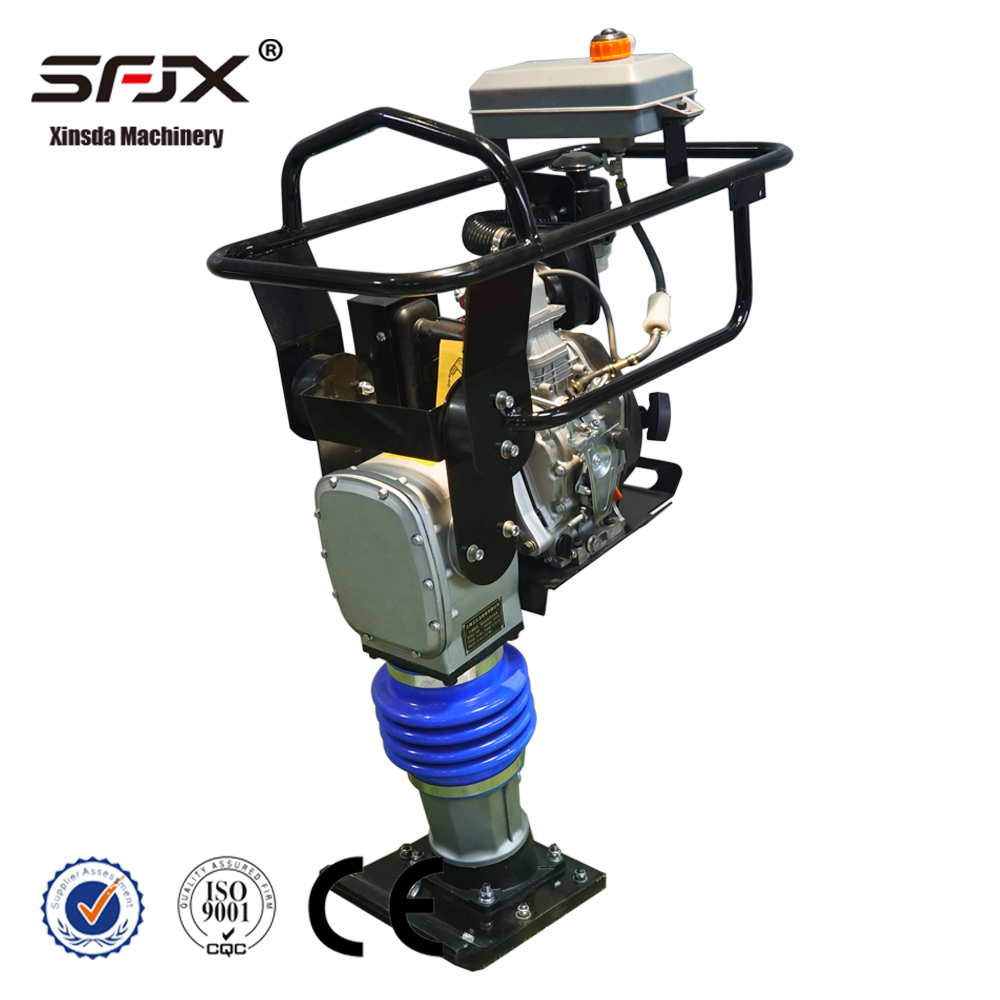In an era where indoor air quality (IAQ) is becoming increasingly critical for health and well-being, the concept of intelligent ventilation is emerging as a transformative solution. This advanced approach not only enhances the quality of air within buildings but also optimizes energy consumption, making it a vital consideration for architects, engineers, and facility managers alike. In this article, we will delve into what intelligent ventilation is, its components, benefits, and future trends, providing a comprehensive understanding of its role in modern building design and operation.
Understanding Intelligent Ventilation
Intelligent ventilation refers to a sophisticated system that automatically adjusts airflow based on real-time data regarding indoor air quality, occupancy levels, and external environmental conditions. Unlike traditional ventilation systems that operate on fixed schedules or constant rates, intelligent ventilation systems utilize sensors and smart technology to dynamically regulate airflow. This adaptability ensures that the indoor environment remains comfortable and healthy while minimizing energy waste.
Key Components of Intelligent Ventilation Systems
- Sensors: At the heart of intelligent ventilation are various sensors that monitor parameters such as carbon dioxide (CO2) levels, humidity, temperature, and particulate matter. These sensors provide real-time feedback to the ventilation system, enabling it to respond promptly to changes in air quality and occupancy.
- Control Systems: Advanced control algorithms process the data collected by the sensors. These algorithms determine the optimal ventilation rates required to maintain desired IAQ levels. By integrating machine learning, these systems can learn from historical data and improve their performance over time.
- Ventilation Units: Intelligent ventilation systems often include energy recovery ventilators (ERVs) or heat recovery ventilators (HRVs) that exchange stale indoor air with fresh outdoor air while recovering energy from the outgoing air. This feature significantly enhances energy efficiency.
- User Interfaces: Modern intelligent ventilation systems often come with user-friendly interfaces that allow building occupants or facility managers to monitor and adjust settings as needed. This transparency fosters a better understanding of air quality and energy consumption.
Benefits of Intelligent Ventilation
- Enhanced Indoor Air Quality: By continuously monitoring and adjusting ventilation rates based on real-time data, intelligent ventilation systems can significantly reduce the concentration of indoor pollutants, allergens, and pathogens. This leads to a healthier indoor environment, which is particularly crucial in spaces like schools, hospitals, and offices.
- Energy Efficiency: Traditional ventilation systems often operate at full capacity regardless of actual demand, leading to unnecessary energy consumption. Intelligent ventilation systems optimize airflow, reducing energy costs while maintaining comfort. Studies have shown that these systems can reduce energy usage by up to 30% compared to conventional methods.
- Occupant Comfort: Intelligent ventilation systems can adapt to the specific needs of building occupants. By adjusting temperature and humidity levels in real-time, these systems enhance overall comfort, which can lead to increased productivity and satisfaction among occupants.
- Compliance with Regulations: As building codes and regulations regarding IAQ become more stringent, intelligent ventilation systems can help ensure compliance. These systems can provide documentation and data logs that demonstrate adherence to health and safety standards.
Future Trends in Intelligent Ventilation
The future of intelligent ventilation is poised for significant advancements driven by technological innovations and growing awareness of IAQ issues. Here are some emerging trends to watch:
- Integration with Smart Building Technologies: As the Internet of Things (IoT) continues to expand, intelligent ventilation systems will increasingly integrate with other smart building technologies. This integration will enable seamless communication between HVAC systems, lighting, and occupancy sensors, further optimizing energy use and comfort.
- Data Analytics and Predictive Maintenance: The use of big data analytics will allow for predictive maintenance of ventilation systems. By analyzing performance data, facility managers can anticipate issues before they arise, reducing downtime and maintenance costs.
- Personalized Ventilation Solutions: Future intelligent ventilation systems may offer personalized air quality solutions tailored to individual preferences. For instance, occupants could adjust their immediate environment through mobile applications, enhancing comfort and satisfaction.
- Sustainability Focus: With increasing emphasis on sustainability, intelligent ventilation systems will likely incorporate renewable energy sources and sustainable materials. This shift will not only reduce the carbon footprint of buildings but also align with global sustainability goals.
Conclusion
Intelligent ventilation represents a significant leap forward in the quest for healthier indoor environments and energy-efficient buildings. By leveraging advanced technology and real-time data, these systems provide a dynamic solution to the challenges of indoor air quality and energy consumption. As the demand for better IAQ continues to grow, the adoption of intelligent ventilation systems will likely become a standard practice in building design and management, paving the way for a healthier, more sustainable future.

Average Rating